Here's how it works: Oscillation: When an electrical current is applied to the quartz crystal, it vibrates at a precise frequency, usually 32,768 times per second. This consistent oscillation serves as a natural "heartbeat" for the watch. Divider Circuit: The watch's circuitry includes a divider circuit that takes advantage of the quartz.. A typical, tuning fork-shaped quartz watch crystal. Quartz watches are generally designed to vibrate at a frequency of 32,768Hz. The timing circuit keeps track of the number of oscillations and when the number hits 32,768, the timing circuit increments the display (that's the other essential component) by one second. (32,768 is the 15th power.

How do quartz watches work?
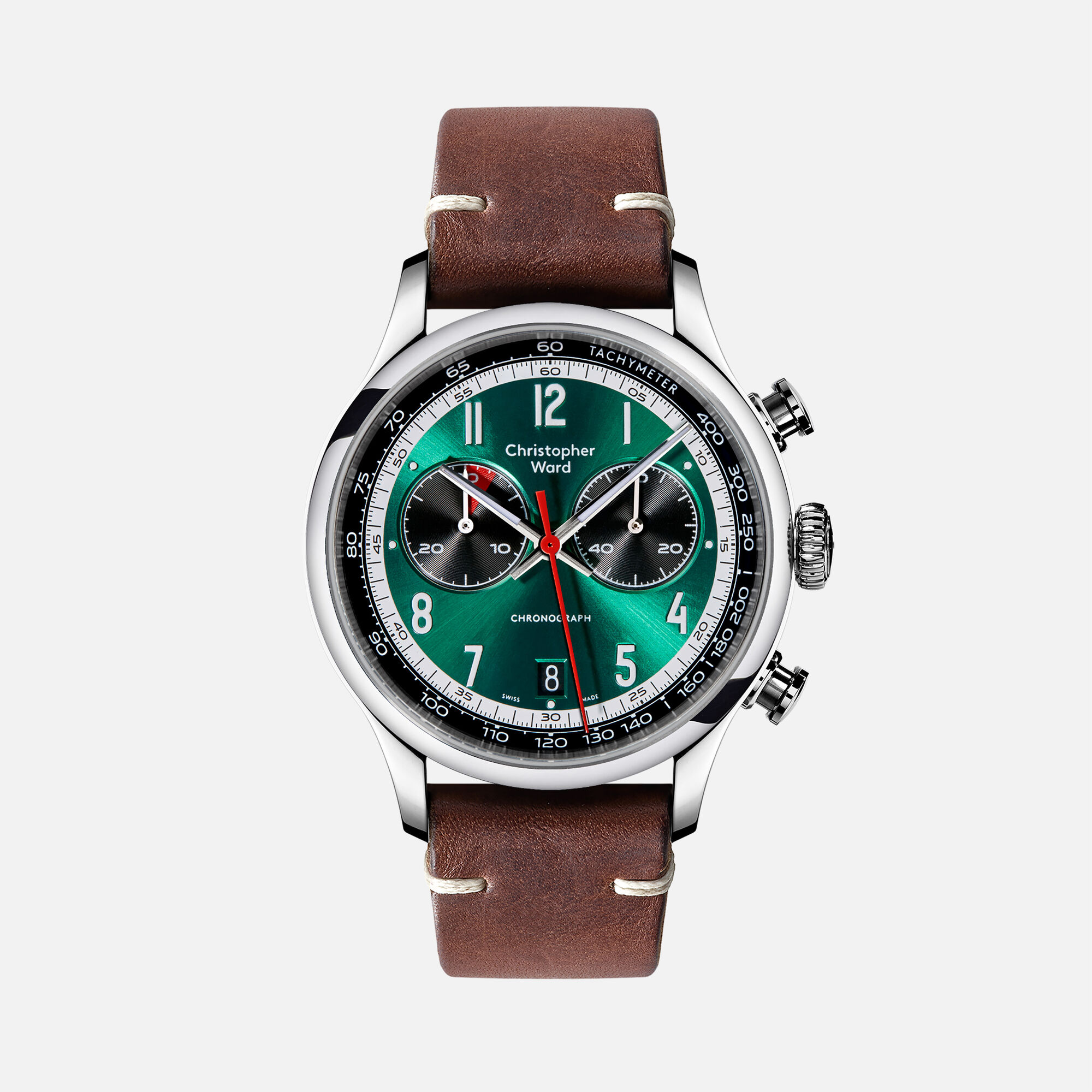
The Best Quartz Watches to Add to Your Collection InsideHook
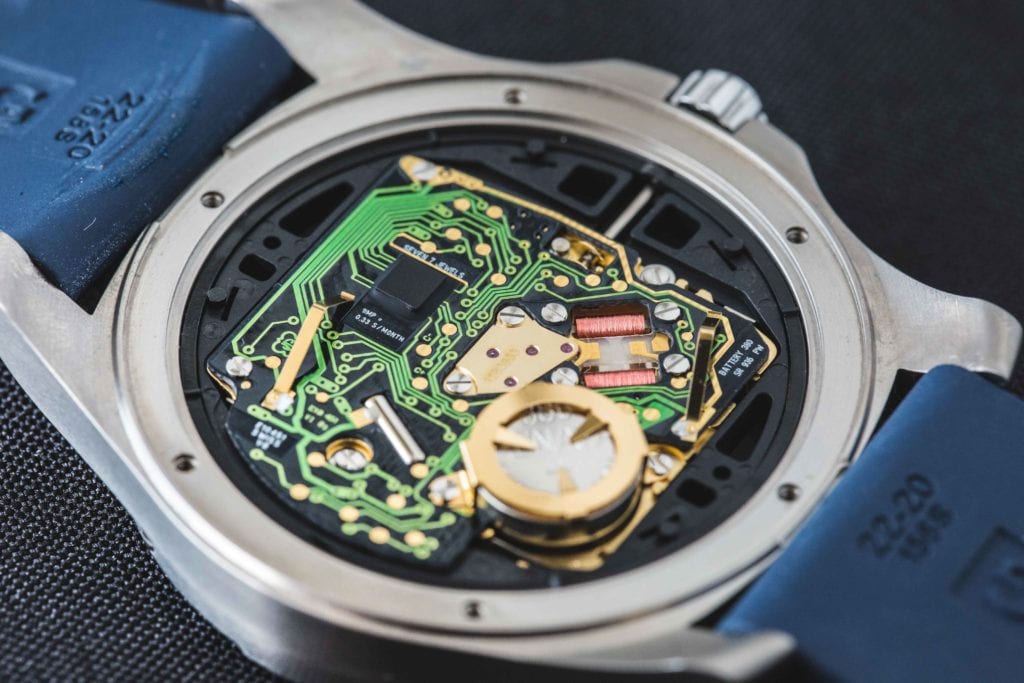
Quartz vs Automatic Watch Movement Crown & Caliber Blog

Watch History, Design & Functionality Britannica
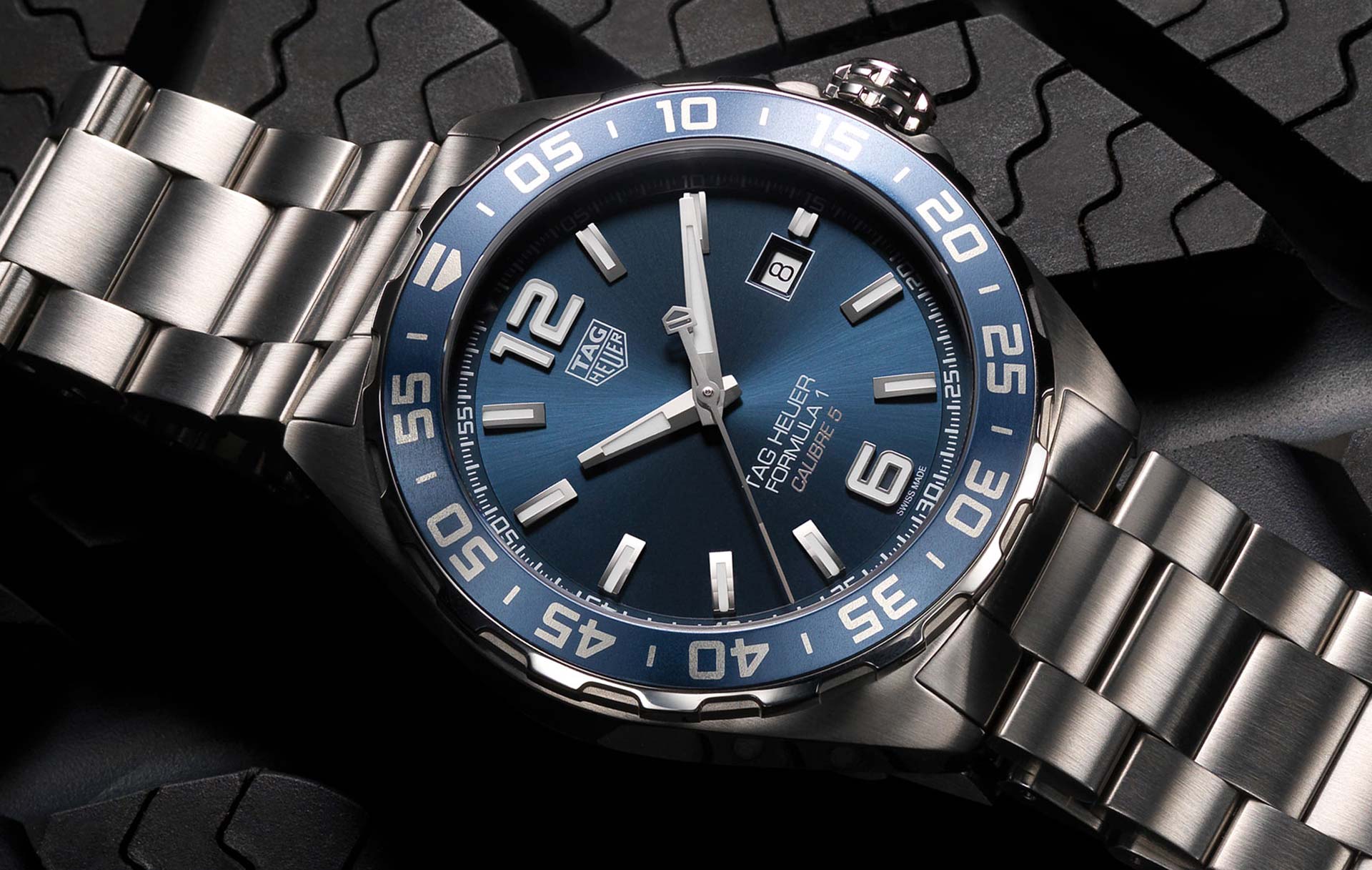
The 25 Best Quartz Watches Improb
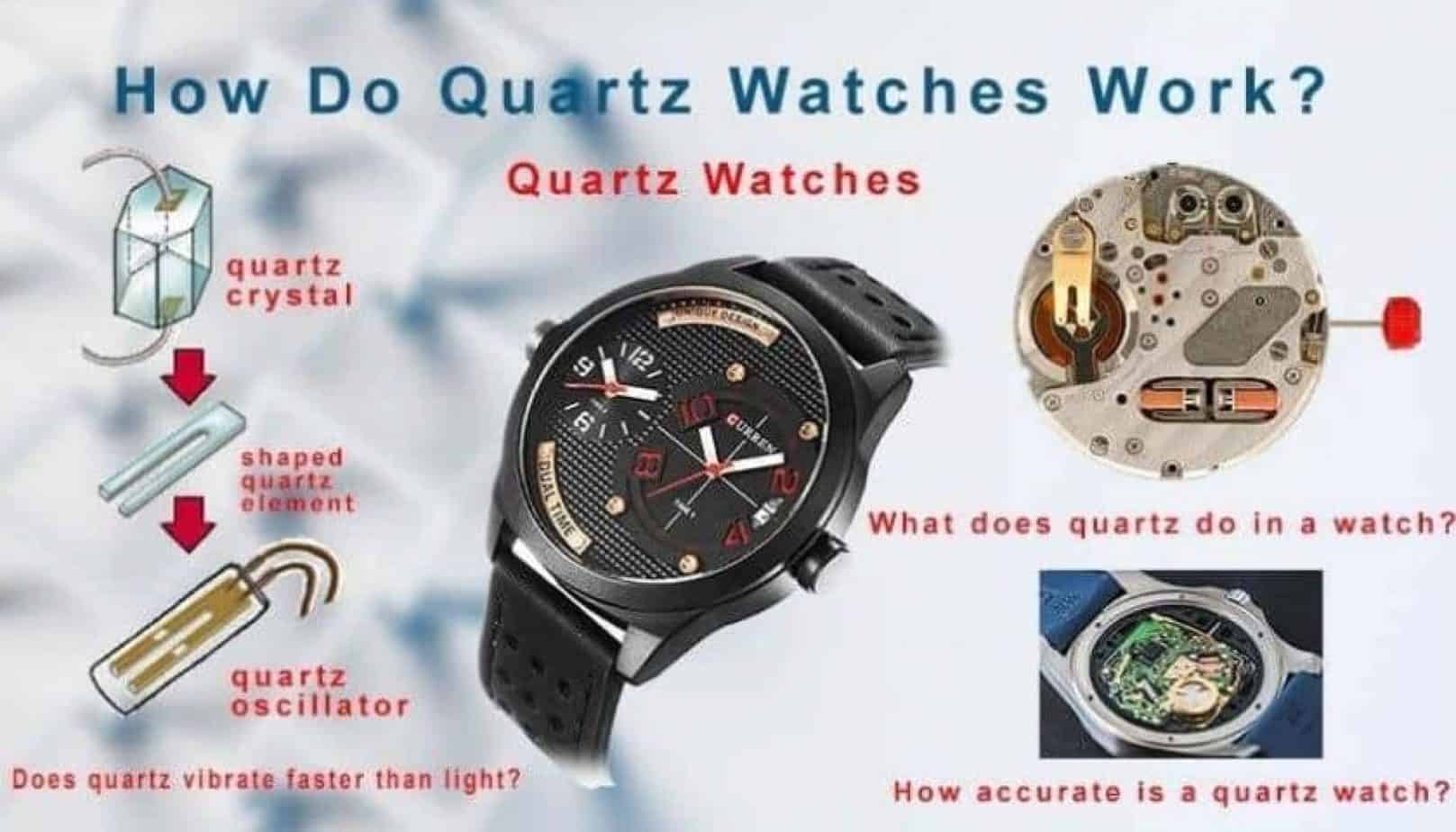
How Do Quartz Watches Work A Thorough Explanation

Engineering Channel How Quartz Watch Works

How a quartz watch works YouTube

How Quartz Watches Work The Complete Guide AllInWatches
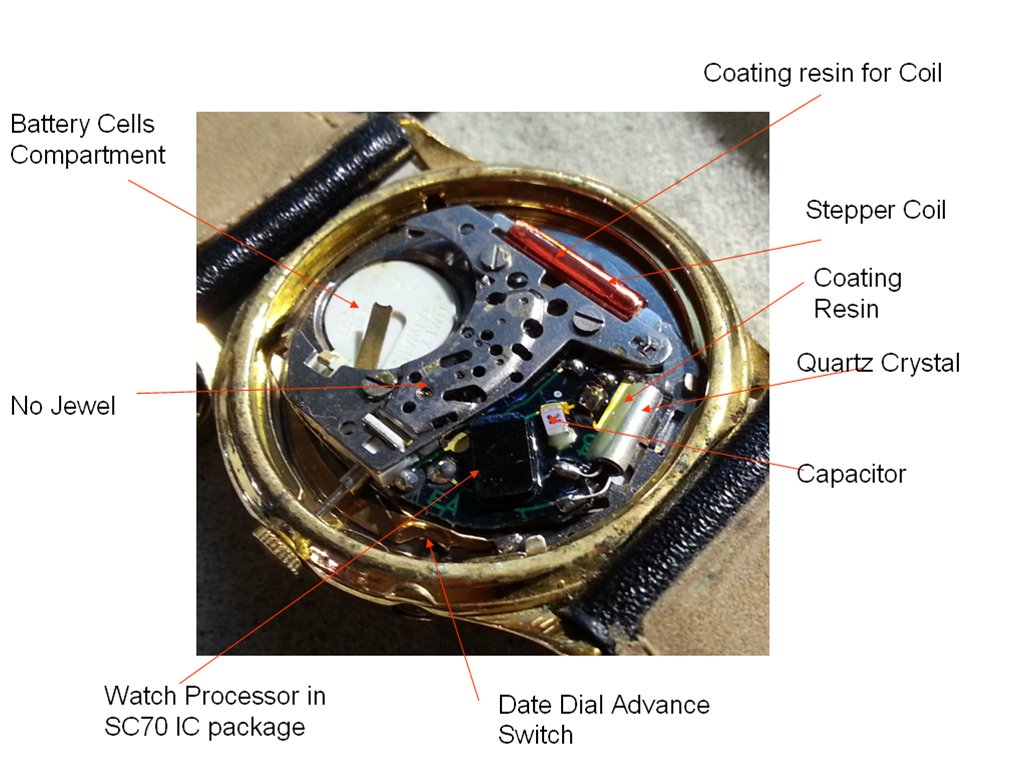
Watch of Today Page 125 Your Watch Collection Watch Repair Talk

2 Different Types Of Watch Movements What Is The Difference Between Quartz And Mechanical Watches?
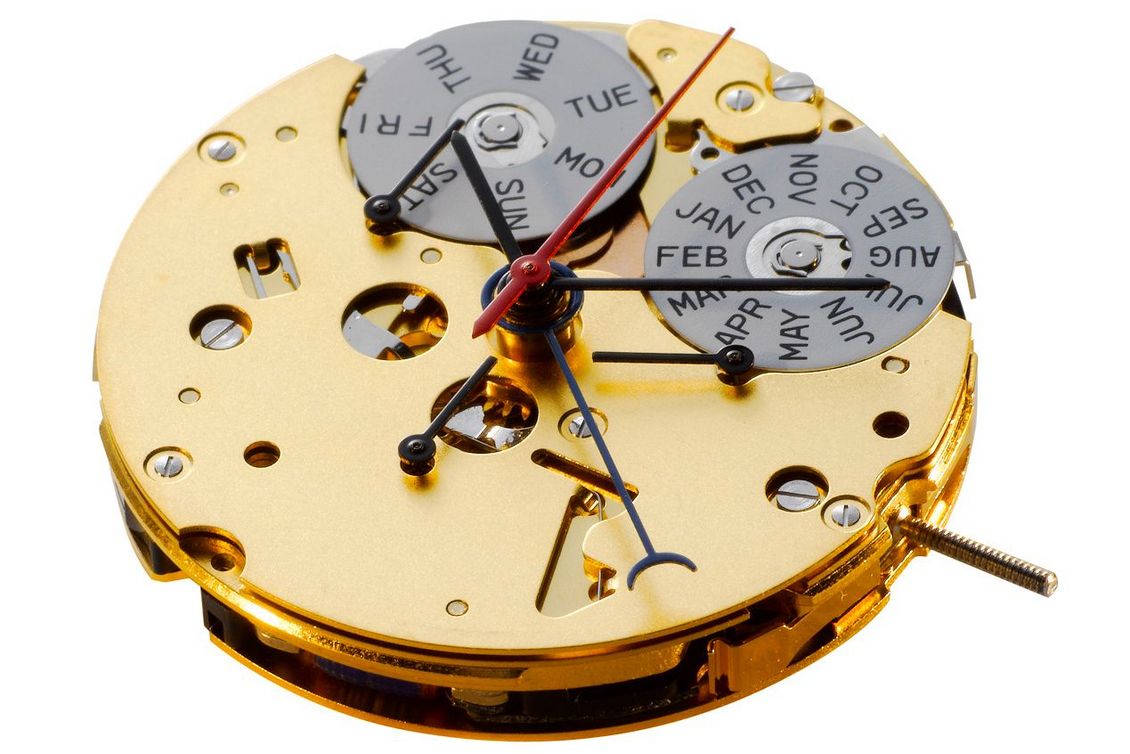
Watch movements Quartz & Mechanicals Ronda
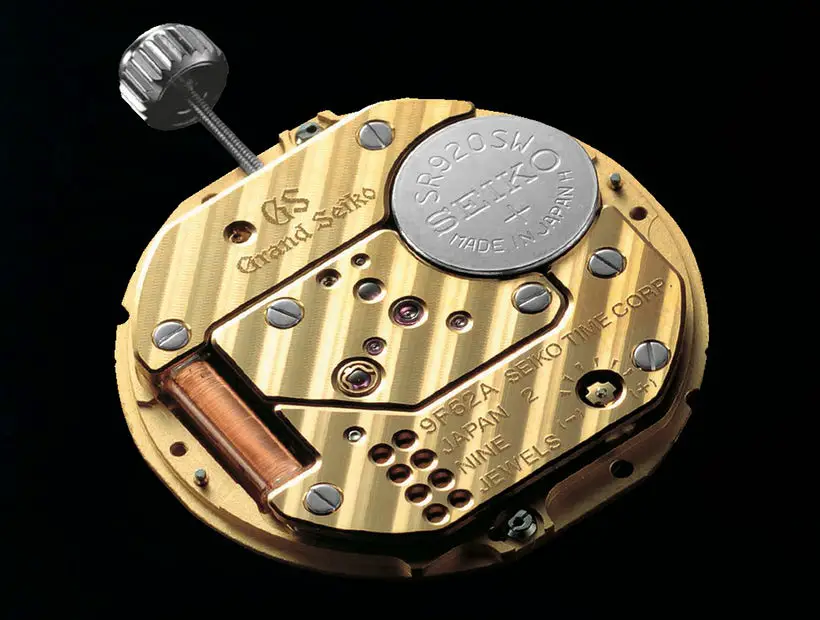
Complete Guide To The Most High Accuracy Quartz Watches The Watch Blog

How a quartz watch works AllInWatches

Know Your Watches is a new series which explores and explains the many different types of
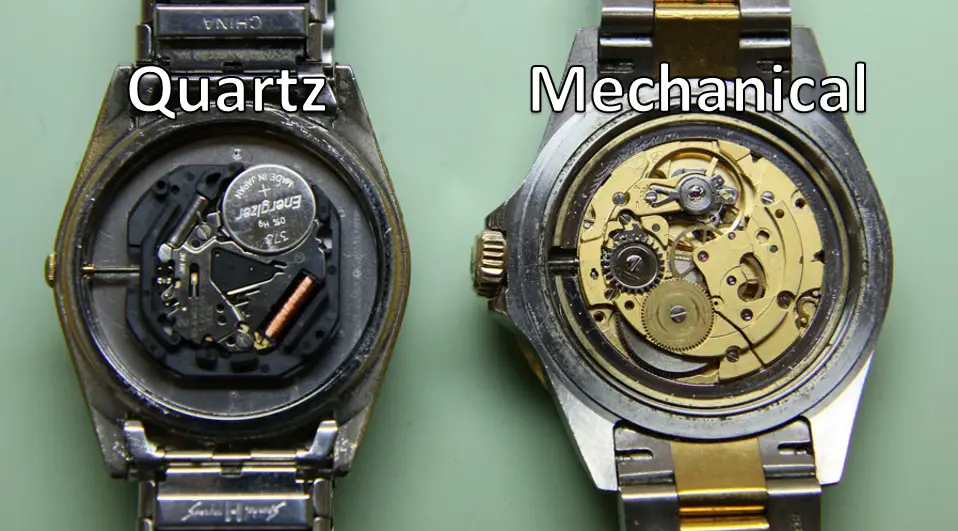
mechanical vs quartz watch TimepieceLegacy
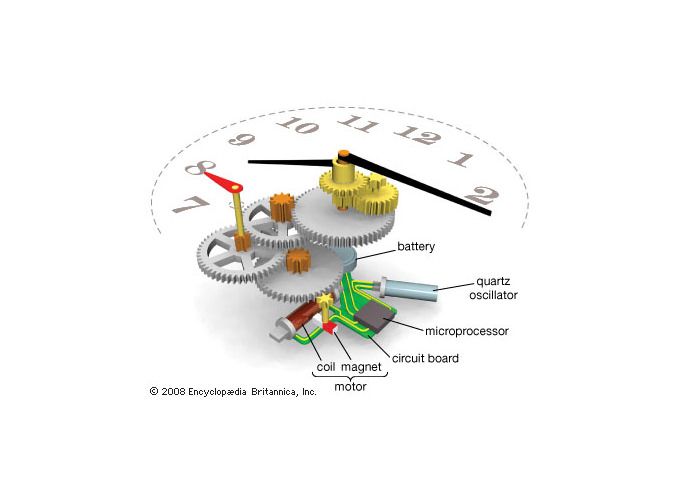
Quartz Movement, Watch Glossary, The Watch Guide by Ethos Watches

How do quartz clocks work? Clocks And Watches Explained YouTube

Quartz vs Mechanical Watch Movements

How a quartz watch works its heart beats 32,768 times a second YouTube
So how, in detail, does a quartz watch work? Inside the watch case is a small piece of low-frequency quartz crystal. Harder than granite and the most abundant mineral on the earth's surface, quartz is an igneous crystalline mineral made up of silica - aka silicon dioxide. The quartz crystal is either shaped like a tuning fork or chemically.. The battery in the quartz watch produces an electric current sent through the quartz crystal and the rest of the watch circuit. This current leads to a vibration in the entire circuit, translating the vibrations into electric pulses to move the second hand. Thus, this activity is repeated every time the second-hand moves (or when the watch.